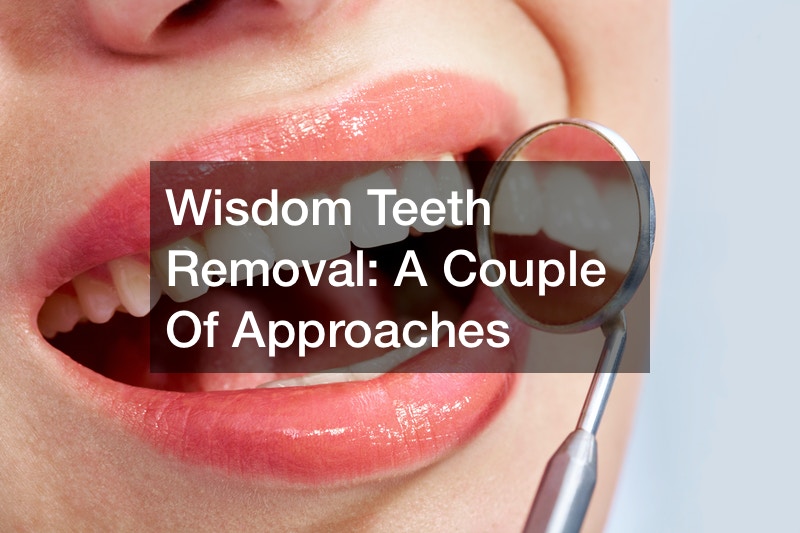
Braces are a common orthodontic treatment designed to straighten teeth and improve dental health. While many people are familiar with the appearance of braces and their end result—a perfect smile—few understand the intricate process that occurs beneath the surface. Braces do more than just shift your teeth around; they actually break down and rebuild your jawbone in the process. This article delves into how braces work, why they can be painful, and why the investment is worthwhile.
Why Braces Hurt
Anyone who has worn braces knows that they can be uncomfortable, especially after adjustments. This pain is not just from the pressure of the wires; it stems from the biological process happening in your mouth.
Braces work by applying continuous pressure to your teeth, which moves them into the desired position over time. This movement is not natural, and your body responds to this pressure in a specific way.
How Braces Work
The brackets and wires of braces are designed to create pressure on your teeth and gums. This pressure constricts blood flow to the tissues holding your teeth in place, much like squeezing a hose stops the water flow. When blood flow is restricted, the tissue cells begin to die. While this might sound alarming, it is a crucial part of the process.
The Role of Osteoclasts
In response to the dying tissue cells, your immune system sends in specialized cells called osteoclasts. These cells are responsible for breaking down bone tissue. They dissolve the calcium in your jawbone, creating tiny holes. This might seem extreme, but it is essential for allowing your teeth to move.
As the osteoclasts break down the bone, it creates space for your teeth to shift. Once the tooth moves into its new position, new bone forms in the gap, stabilizing the tooth in its new location. This process ensures that the teeth do not fall out and that they are firmly anchored in their new positions.
Continuous Adjustments
Getting braces is not a one-time procedure. Regular visits to the orthodontist are necessary to adjust the braces, tighten the wires, and apply new pressure to continue moving the teeth. Each adjustment might cause discomfort as the process of breaking down and rebuilding the jawbone repeats. The duration of wearing braces varies from person to person, typically ranging from several months to a few years, depending on the complexity of the dental issues being addressed.
The Benefits Beyond Aesthetic Appeal
While the primary goal for many who get braces is a straight, beautiful smile, the benefits extend beyond aesthetics. Misaligned teeth can be challenging to clean properly, increasing the risk of tooth decay, gum disease, and even tooth loss. Straightening the teeth with braces can improve dental hygiene and reduce these risks. Dentists often recommend braces not just for cosmetic reasons but for the overall health of your teeth and gums.
Why the Pain is Worth It
Braces are a significant financial and physical investment, with costs in the United States reaching up to $7,500 per person. Despite the discomfort and expense, the long-term benefits make it worthwhile. A properly aligned bite can improve chewing efficiency, reduce jaw pain, and prevent wear and tear on the teeth. Additionally, a straight smile can boost confidence and self-esteem.
Conclusion
Understanding the pain and process of braces can make the experience more manageable. The pressure applied by braces initiates a biological response that breaks down and rebuilds the jawbone, allowing teeth to move into their desired positions. Regular adjustments by the orthodontist ensure that teeth continue to move correctly until the perfect alignment is achieved. Beyond creating a beautiful smile, braces play a vital role in maintaining dental health and preventing future issues. So, while the journey with braces might be uncomfortable, the destination—a healthy, straight smile—is undoubtedly worth the effort.
.





